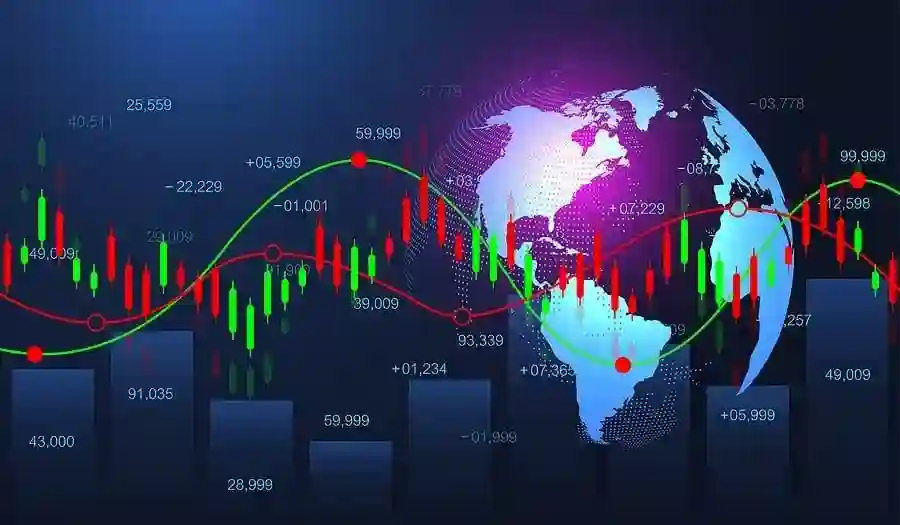In the dynamic world of Forex trading, the quest for profitability is a perpetual pursuit that hinges on the ability to develop effective trading strategies. Forex robots, automated trading systems designed to execute trades on behalf of traders, have emerged as powerful tools for achieving trading success. However, the development of profitable Forex robots requires more than just coding algorithms—it demands rigorous optimization processes to fine-tune parameters, optimize performance, and maximize returns. This article delves into the pivotal role of optimization in the development of profitable Forex robots, exploring the key concepts, techniques, and considerations involved in the optimization journey.
Understanding Optimization in Forex Robot Development:
Optimization in Forex robot development refers to the process of systematically refining trading strategies, parameters, and settings to achieve desired performance objectives, such as maximizing profitability, minimizing risk, and enhancing consistency. Optimization involves testing multiple combinations of parameters, variables, and indicators using historical data, performance metrics, and statistical analysis to identify optimal settings that yield the best results under varying market conditions.
The Role of Optimization in Developing Profitable Forex Robots:
Strategy Refinement and Fine-Tuning:
Optimization allows traders to refine and fine-tune trading strategies to adapt to changing market conditions, optimize performance metrics, and achieve desired trading objectives. By systematically adjusting parameters, such as entry and exit rules, risk management settings, and position sizing algorithms, traders can enhance the efficiency, effectiveness, and profitability of Forex robots, ensuring they remain competitive and resilient in dynamic market environments.
Parameter Optimization and Sensitivity Analysis:
Optimization involves conducting parameter optimization and sensitivity analysis to identify optimal values for key parameters, indicators, and variables used in Forex robot strategies. Traders can leverage optimization tools, such as genetic algorithms, brute force optimization, or walk-forward analysis, to test different parameter combinations and evaluate their impact on trading performance. By analyzing sensitivity to parameter changes, traders can identify robust settings that are less sensitive to market variations and deliver consistent results over time.
Performance Evaluation and Validation:
Optimization enables traders to evaluate and validate the performance of Forex robot strategies using historical data, performance metrics, and statistical analysis. Traders can assess key performance indicators, such as profitability, drawdowns, risk-adjusted returns, win rate, and Sharpe ratio, to gauge the effectiveness and robustness of optimized strategies. By conducting comprehensive performance evaluation, traders can identify strategies that offer the best risk-reward profile and have the highest probability of success in live trading.
Risk Management and Capital Preservation:
Optimization helps traders implement robust risk management protocols and capital preservation strategies to mitigate the impact of adverse market conditions and protect trading capital. By optimizing risk parameters, such as stop-loss levels, take-profit targets, position sizes, and maximum drawdown limits, traders can minimize the risk of large losses, preserve capital during market downturns, and ensure the long-term sustainability of Forex robot trading strategies.
Adaptation to Market Dynamics:
Optimization enables traders to adapt Forex robot strategies to changing market dynamics, volatility regimes, and economic environments. Traders can optimize strategies for specific market conditions, such as trending markets, range-bound markets, or high-volatility environments, to maximize profitability and minimize drawdowns. By continuously monitoring market conditions and recalibrating strategies through optimization, traders can ensure that Forex robots remain responsive, adaptive, and effective in capturing trading opportunities across diverse market conditions.
Continuous Improvement and Innovation:
Optimization fosters a culture of continuous improvement and innovation in Forex robot development, encouraging traders to experiment with new ideas, techniques, and approaches to enhance trading performance. Traders can leverage optimization as a tool for innovation, exploring alternative strategies, parameter combinations, and risk management techniques to uncover hidden opportunities and gain a competitive edge in the Forex market. By embracing a mindset of continuous learning and improvement, traders can stay ahead of the curve, adapt to evolving market trends, and drive innovation in Forex robot development.
Conclusion:
Optimization is a cornerstone of successful Forex robot development, playing a pivotal role in refining strategies, fine-tuning parameters, and maximizing profitability. By systematically testing and optimizing trading strategies using historical data, performance metrics, and statistical analysis, traders can identify optimal settings that deliver consistent results under varying market conditions. Optimization empowers traders to adapt to changing market dynamics, mitigate risks, and capitalize on trading opportunities with precision and confidence. As technological advancements continue to reshape the landscape of Forex trading, optimization remains a fundamental tool for achieving trading success and unlocking the full potential of Forex robot strategies.









